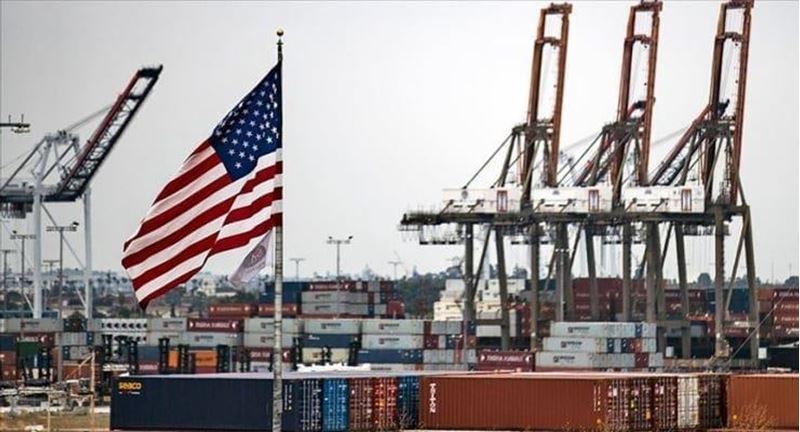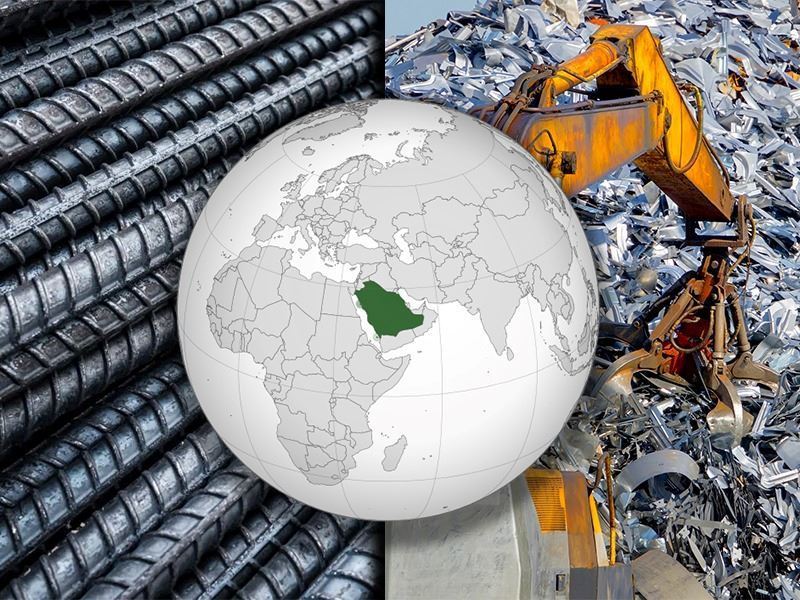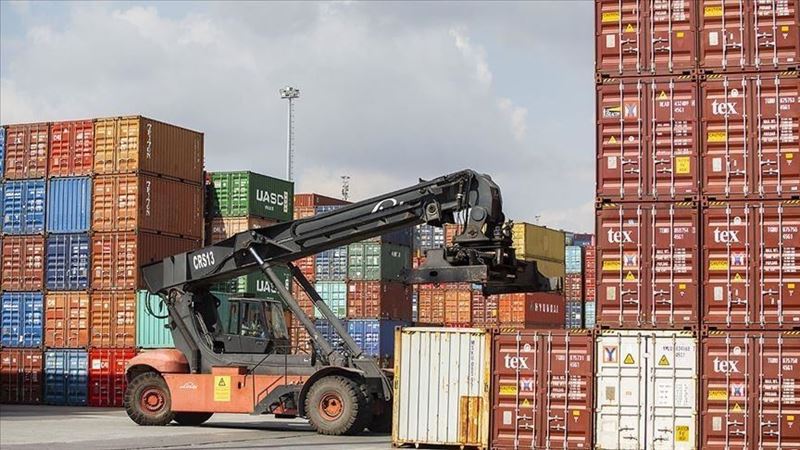SER Academy published the “ Türkiye 2024 R&D and Innovation Report”.
The Director General of the Academy, Ömer Özdinç, made a written statement regarding the details of the report, which is the 5th edition prepared this year.
Özdinç stated that the report was prepared based on results from dozens of national and international data sets.
He mentioned that every year they aim to capture a snapshot of R&D and innovation activities in Türkiye highlighting the rapid rise in the high-tech and software sectors.
Özdinç pointed out that the private sector is starting to produce more added value in these areas, emphasizing that there is still a long way to go in these sectors.
"The number of R&D employees in Türkiye is close to 400,000"
Özdinç also referred to the information in the report, stating, "The number of R&D employees in Türkiye reached nearly 400,000 in 2023, with a lower increase compared to previous years. The number of R&D employees in the private sector increased by 8.8% to reach 207,000, while the number of researchers in the public sector decreased by 7%."
He pointed out that the highest increase within the manufacturing sector was in the aviation industry, calling it "the shining star of Türkiye's innovation system."
The highest share in public R&D spending went to defense
Özdinç reported that public R&D investments increased by 167%, stating, "The sector with the largest increase in its share of total public R&D spending was the defense industry, with 43%."
He noted that agriculture and the exploration and utilization of Earth's resources followed this sector. He also highlighted that higher education spending grew less than both public and commercial sectors.
Özdinç also mentioned the regional distribution of R&D spending, pointing out that Western Anatolia (Ankara-Konya) was in first place in this category, with a growing gap compared to Istanbul.
He noted that R&D spending increased by 90%, reaching 1.42% of the gross domestic product (GDP). "In terms of the share of R&D spending in GDP, Türkiye ranked 28th among OECD countries, and when considering the 5-year increase, it ranked 21st. Despite the significant increase in spending, one of the main reasons this indicator didn't rise much is the high growth in GDP," he said.
"The number of companies in technoparks exceeded 10,000"
Özdinç pointed out that the number of companies in technoparks exceeded 10,000 and the number of employees surpassed 100,000. He emphasized that the export value in these regions increased by 67% annually, reaching 2 billion dollars.
He also noted that Türkiye's ranking in the Global Innovation Index improved, stating that this improvement was the result of a structural transformation in the country's R&D and innovation system.
Exports in the manufacturing sector increased, but no change in company profitability
Özdinç mentioned that exports in the manufacturing sector increased, but there was no change in company profitability. He emphasized that the high-tech sector was the least affected by the slowdown compared to other technology sectors.
Small and Medium-sized Enterprises (SMEs) stand out in the software sector
Özdinç stated that the number of companies in the high-tech sector increased by 8%, while the turnover decreased by 7% in dollar terms.
He also drew attention to Türkiye's position among OECD countries in terms of the number of researchers, saying, "Türkiye ranked 8th in terms of R&D full-time equivalent (FTE) personnel. Looking at the growth rates, Türkiye ranked second in the past year, after Estonia, and first in the 5-year growth."
Özdinç also discussed the role of SMEs in the high-tech and software sectors:
"In the software sector, SMEs, with a turnover of 206 billion lira, made up 63% of the total sector revenue and 76% of the employment. Among them, micro SMEs (with fewer than 10 employees) generated 40 billion lira in turnover, and 25% of the sector's employees worked in these companies. In high-tech sectors, SMEs generated 17% of the total revenue, with a turnover of 97 billion lira. Additionally, 39% of the employees in these sectors worked in SMEs."











Comments
No comment yet.